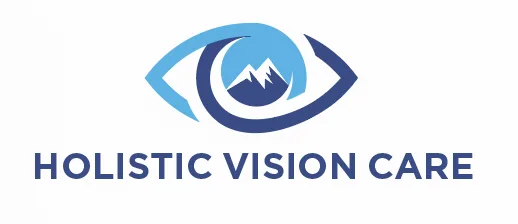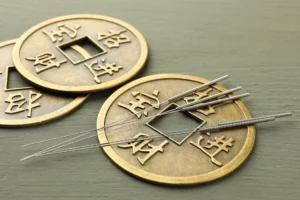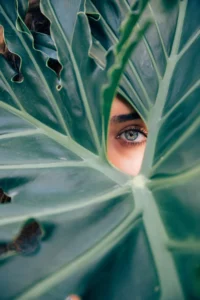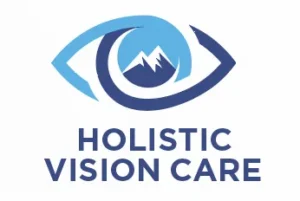Frequently asked questions
FAQ – These are the questions most frequently asked by prospective patients of Holistic Eye Care. If you don’t see your question here, Send Us A Note. We’ll be happy to answer your questions directly via email or Schedule A Free Consultation.
This new system is called MicroAcupuncture 48 because it utilizes only a small number of points. With 12 points on each hand and each foot (48 total), we are able to see great results for conditions affecting the eyes and brain as well as other conditions related to deep blood circulation. This system is different in that the practitioner is able to treat patients several times a day and can actually bring better results than if the patient is treated once a week or once a day. The positive results come from being able to get the circulation moving deep into the tissue over and over throughout the day before it has a chance to return to what is familiar. A patient can start showing results within a couple of days if they follow this protocol.
Most of the needles are placed in the bottoms of the feet and the palms of the hands. There is also usually two needles in each eyebrow area, usually with gentle stimulation from electricity.
Yes, in most cases. However, for many patients, it may be difficult to regain enough vision for tasks such as driving and reading. There are cases where we are surprised at the amount of vision a person can gain. There doesn’t seem to be any hard and fast rule. There are many factors that determine the amount of vision a patient can gain.
Most patients see benefits up to the 8th week of treatment. In most cases we need to substantially change the terrain to allow new growth and healing to occur. Depending upon how long, what previous interventions have been done, the underlying health of the client and other factors help determine how long the improvements will compound.
Most clients come for maintenance treatments or follow our at-home guidance to insure that their visual improvements don’t “back-slide” or revert. We have special 3,6 and 12 month treatment options that encourage and allow continued benefits to take hold in the eyes and prevent any negative processes to appear
No, Acupuncture will not cause vision loss. In some cases, patients are losing vision very quickly and the Acupuncture, while helping the eyes to heal, does not stop the process of losing vision. The hope is that it will help stabilize the vision, but this can take time. If you have more questions about this, please call our office so we can determine if this is a good treatment option for you.
You should come as early as you can. The longer you wait and the more vision you lose, the more treatments you will be required to take (and the more it will cost). When patients are treated in the early stages of their disorder, often they are able to stay on a maintenance program, which will equate to about one week a year, or less.
The frequency with which patients return when receiving macular degeneration treatments, glaucoma treatments or Retinitis Pigmentosa treatments or for any other vision disorder depends on the patients particular condition; severity of condition, how quickly a person is losing vision, and how long the patient has suffered from their eye disorder. Every patient is different, but the thing to remember is that this treatment is not a cure, but will help the eyes heal. How does this happen? When a person has a degenerative eye disorder, there is a lack of regeneration; old cells can accumulate in the eye so the first treatments will help cleanse the eye of unwanted, dead cells in order to leave room for new cell growth. A lack of regeneration causes degeneration. So how often to come? Most patients will gain some vision the first visit, but will return within 4 to 6 months for another course of treatments. Between treatments it is common for there to be some vision loss. When you start to notice diminished vision, it is time to come back. Over time, most patients will come less and less, as there is a cumulative effect from each treatment session. Although there may be some lose between treatments, our goal is to help you gain more than you lose, showing a net gain over time. So it is important to return before you lose any vision you gained from treatment. This doesn’t mean the treatments aren’t working. Since it is not a cure, we can’t stop the development of the disease but we may be able to help the vision loss stabilize. The important thing is to keep ahead of it. If you talk to my patients, some of who are on a call list that is available if you call our office, most will tell you that their experience is similar to what I just described
There is only one type of macular degeneration; dry macular degeneration refers to the disease itself – the degeneration of tissue in the back of the eye in the area of the macula. The term wet macular degeneration is a progression of the “dry macular degeneration” that occurs in a small percentage of patients who have macular degeneration. Inside our bodies there are natural barriers around the organs that keep unwanted, abnormal blood vessels from growing through the tissue, and this is the case with the back of the eyes. With the weakening, or thinning, of the retina that occurs with macular degeneration that barrier can break down, allowing the growth of unwanted blood vessels. These abnormal blood vessels tend to be weak, and therefore can leak fluid into the eye. When a physician can see these abnormal vessels growing, it is determined that the patient has “wet macular degeneration.” Not all patients with wet AMD will experience leaking. Regardless of whether or not there is leaking it is still considered wet macular degeneration. The important thing to keep in mind is that the underlying disease is still present. The dry macular degeneration didn’t turn to wet, but progressed to wet.
No, our practitioners are trained in Traditional Chinese Medicine (TCM) so we treat most normal conditions effected by this modality. Pain is the condition most commonly associated with Acupuncture treatment. However, the strength of Oriental Medicine is its ability to help people suffering from chronic, enduring diseases such as those causing arthritis, hormone issues, neurological, lung and heart problems; “exterior” syndromes including colds, the flu, urinary tract infections, digestive disorders, and more. Conditions relating to all systems of the body can be helped to some degree. When treating chronic, enduring diseases, we encourage the use of Chinese herbal prescriptions. These herbal formulas work like Acupuncture, working energetically to bring balance to the whole body, but they are taken at home when the client is not receiving acupuncture treatments. So they enhance and elongate the benefits of the acupuncture treatments.









